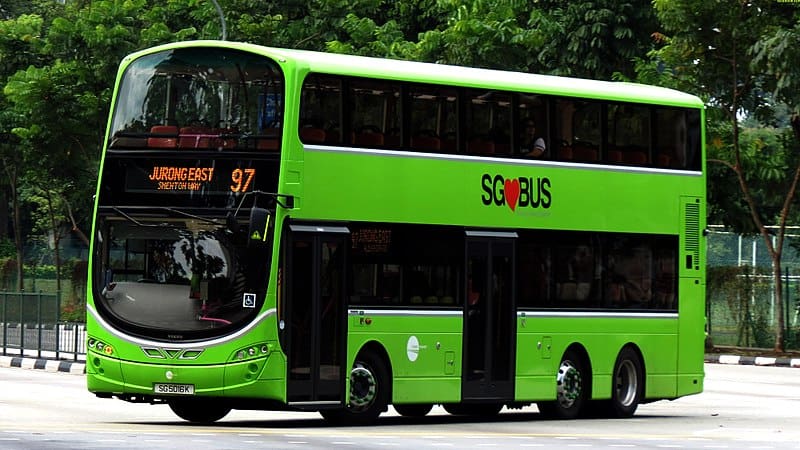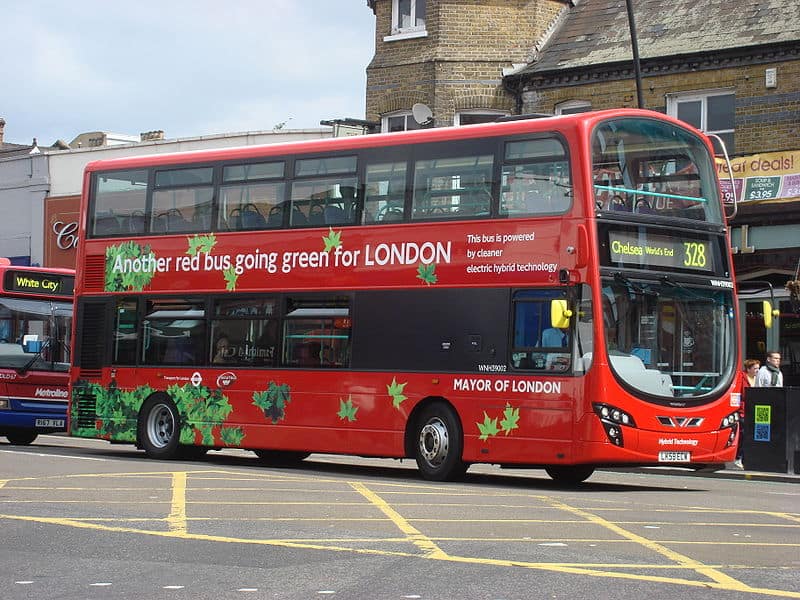“Has your daily commute in Chennai changed in the last ten years?”
Most people asked this question today would feel it has changed, but can we say it has changed for the better? Chennai spends more time now being stuck in traffic than a decade ago. Public transportation can be uncomfortable and irregular. Last-mile connectivity options are few, expensive, and often frustrating for most modes of public transportation in the city, including the metro. There is also the problem of the paucity of information.
At a time when most of us have smartphones and data plans make it possible for us to live stream a cricket match on them, we still lack real-time information on when the next bus or train on a particular route might arrive. Why is this so? How can we start to address these problems?
Technology in transportation
There are several steps that can help overcome this: accurate live route information for public transportation, a common electronic payment mechanism, and the creation of fare zones – a section of travel within which a set fare is charged. These are neither unreasonable nor unique demands.
In Singapore, for example, the smartphone application for live route information also indicates the availability of seats on a bus. London, meanwhile, is moving towards contact-less payments. Imagine being able to pay through your debit card or smart watch on the bus or metro or train, instead of using cash or different payment cards on each public transport mode.

Public transport schedules are available on smart phone apps in Singapore. Pic: Wikimedia Commons (CC BY:SA 2.0)
How have these cities been able to do it all? What can Chennai and other Indian cities learn in order to make these necessary technological interventions and create a world class public transportation system?
One City, One Transport Authority
Central to addressing these issues is understanding the importance and role of a single city-level institution dedicated to the governance of various public transport systems in the city. Chennai today has 10 different agencies running public transportation: one each for the bus system, the suburban rail and metro rail. In addition, there are different agencies in charge of roads, enforcement, etc.
One of the key challenges is the lack of coordination between the various departments. Several government agencies are responsible for individual aspects of transportation and there needs to be effective coordination between them for smooth progress to avoid delays and inefficiencies. This can be facilitated by creating a single agency to bring the different departments together. In creating such an agency we can look to different cities which have tried and achieved this. Consider the example of London, the default case study for efficient urban transportation today.
London’s transportation
London’s transportation landscape was as fragmented as Chennai’s today. London faced similar challenges, and different companies were responsible for operating the public bus, underground train and tram services. Further complications arose due to the existence of several train and tram companies in London.
In 2000, London created Transport for London(TfL) to bring them all together. TfL is responsible for the day-to-day operation of all public transport networks in London and the city’s main roads. The public transportation system of London was completely transformed by working under one institution, resulting in the integration of these different modes and their access through one common mobility card called Oyster. TfL’s Open Data policy has also enabled software developers to create apps that people of London can use to access real-time information for public transportation and plan their journey.
London is not the only city with a common authority for urban transportation though. Many cities around the world – including Singapore, New York, Lagos – have one. Many Indian cities, including Chennai and Bangalore are now considering a Unified Metropolitan Transport Authority (UMTA).
CUMTA moves ahead
First described in India’s National Urban Transport Policy, 2006, the Government of India recommended an UMTA be set up in all million-plus cities for “coordinated planning and implementation of urban transport programs and projects and an integrated management of urban transport systems”
Finding merit in the concept, Chennai passed the Chennai Unified Metropolitan Transport Authority (CUMTA) Act in 2010. The strength of CUMTA will lie in its ability to bring together the multiple agencies that are represented on its board. As a coordinating body, it can help institute integrated transport planning and decision making for Chennai as a whole. CUMTA can help give direction to the individual agencies and to the government’s overall transport strategy.
Earlier this year, CUMTA’s operations were greenlit by the Government of Tamil Nadu. As the institution comes into service, Chennai has the opportunity to radically transform its public transportation infrastructure. Learning from cities like London and Singapore which have overcome their fragmented systems to become leaders in the field of urban transportation will benefit both CUMTA and Chennai greatly.
(This blog was originally published on www.itdp.in)
